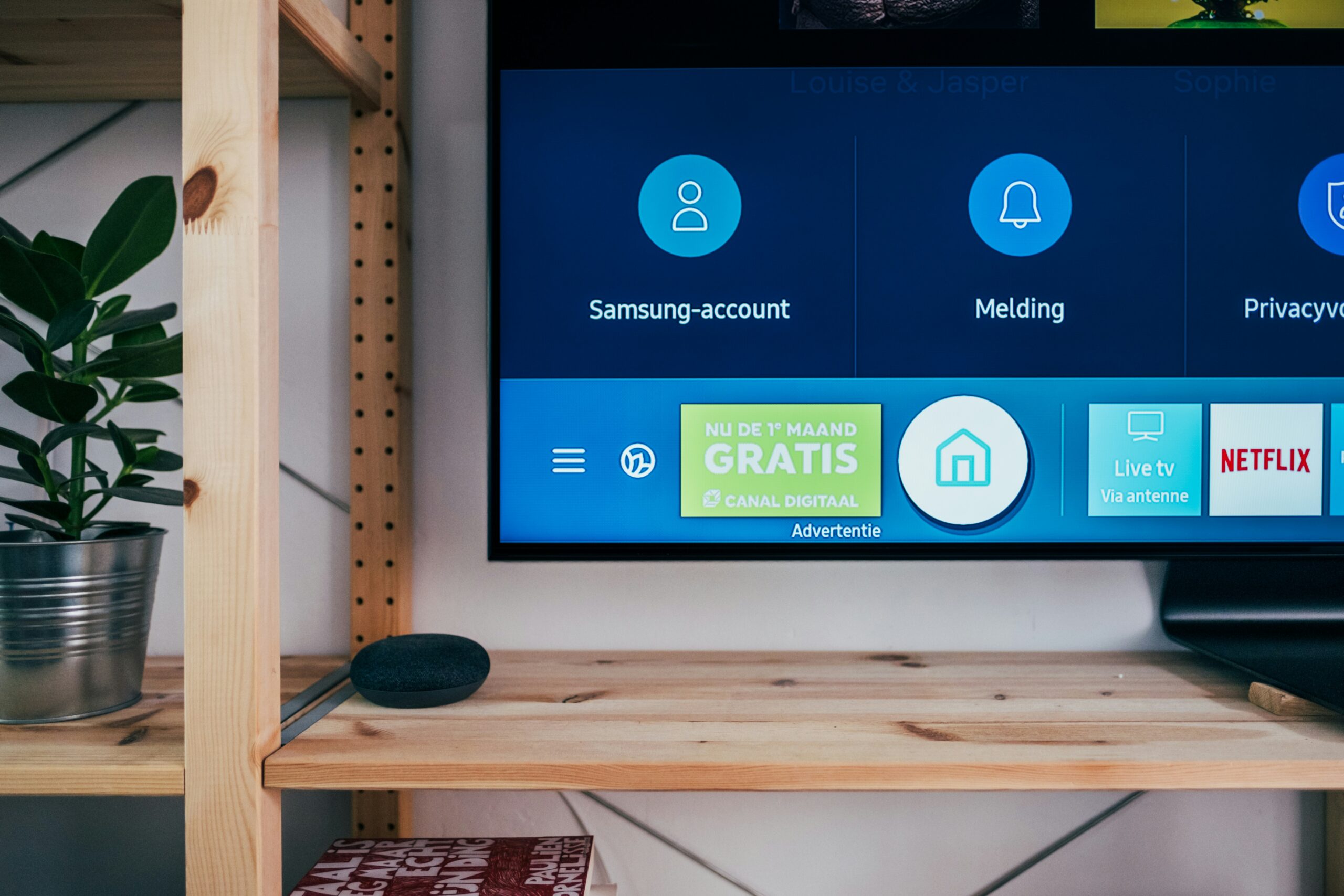
How Do I Invest More?
Let’s assume you have already dealt with the most important parts of your finances: your credit cards, bank accounts, spending, and investments. You’ve consciously decided what your Rich Life is, and you’ve built a financial system that is essentially on autopilot, letting you spend your time pursuing the things you love. You’re doing great.
Especially considering that most people are still struggling with paying their monthly bills. So congratulations. But—of course there’s a “but”—if you’re seriously nerdy and want to know more about enhancing your finances, this is for you. Remember, though: This is extra credit, so don’t feel the need to follow the advice here unless you really want to.
Get Honest About Why You Want More
I was raised to be the best—to study harder, work longer, and perform better than everyone else. In many ways, those lessons have paid off. But I also see the dark side of blindly following the idea of being the best without reflecting on why you’re working so hard. So before you read on, ask yourself what the point of all of this work is. Is it to earn an extra $10,000? Or to actually live a Rich Life?
Sometimes financial advice just blindly encourages people to do “more, more, more” without stopping to ask, “Is this enough?” The concept of winning becomes the goal instead of knowing why you’re playing in the first place. When do you get to stop and enjoy all the hard work you’ve done?
I’ve seen too many people decide to take control of their finances (good), then change their lives to save money (good), then continue saving and become increasingly aggressive (not so good), and finally end up “living in the spreadsheet,” where they spend each day counting how much their money has grown (very bad). They’ve become obsessed with the game without realizing why they’re playing.
You do not want to live in the spreadsheet. Life is more than tweaking your asset allocation and running Monte Carlo simulations on your investments.
How To Keep Going
I went from manually paying my bills every month to automatically paying my bills, automating savings, and planning the whole years’ worth of expenses. Now I have even automated monthly donations to charity as well. I almost never worry about money now, and after growing up with the constant struggle of money being short, this really makes me feel a lot better.
—MICHAEL STEELE, 40

Now it’s time to ask why you want to keep going. If the answer is, “I want to take a lavish vacation every year and splurge on first-class tickets,” great! If your answer is, “I’m saving aggressively for the next three years so we can afford to move into our dream neighborhood,” awesome. I can show you how to achieve both of those goals even faster.
To do that, let’s go through an exercise I call “Taking It From the Clouds to the Street.”When I ask you, “Why do you want more?” The common answers are “freedom” or “security.”
Those are fine, but I want to challenge you to go deeper. The problem is that high-level, vague visions never motivate us as much as we’d hope. True motivation is often real, concrete—on the street. It’s something that affects our day-to-day life.
If you had to get extremely specific about why you want to earn your next $10,000 and you had to bring your answer from the clouds to the street, what would you say?
What’s your street-level motivation? You could create some lofty life purpose—or you could take a ten-minute walk and figure out what gets you excited at this exact moment. The answers are often a lot simpler than you think.
Your motivation could be taking a taxi to happy hour at five p.m. instead of sweating on the train, or paying for a friend to join you on a glamping trip. One of my early street-level motivations was being able to order appetizers when I ate out!
Why do you want to earn the next $1,000 or $10,000 or $25,000? Don’t worry about an answer that’s in the clouds. Get brutally honest and bring your answer down to the street.
If you’ve gotten clear about why you want more, let me show you a few things you can do to achieve it.
How To Accumulate More And Grow Faster: Feed Your System
The automatic system is great, but it’s fueled by only one thing: the money you feed it. That means that your system is only as strong as the amount you put in it.
This is where your purpose comes in handy. For example, if you want to FIRE (become Financially Independent and Retire Early) in fifteen years, you know to double down and save/invest aggressively.
Alternatively, if you want to live large in Manhattan, you could give yourself a generous spending plan for cocktail bars and Seamless delivery (a decision I know well).
Of course, the very best way is to say “yes and yes”—yes, I want to save aggressively, and yes, I want to live an incredibly Rich Life. With enough planning (and, depending on your goals, a high enough income), you can often do both.
Remember: Because the rewards of investing as early as possible are so tremendous, one of your key drivers will be feeding as much as possible into your system.
To put it another way, if you found a magical money machine that took $1 in and spit $5 out, what would you do? You’d put as much as you could in it! The only catch is, it takes time: Every dollar you invest today will be worth many more tomorrow.
How Rich Will I Be In . . .
How much will your monthly investment be worth, assuming an 8 percent return?
IF YOU INVEST . . .
| Amount | $100 A Month | $500 A Month |
| After 5 Years | $7,347 | $36,738 |
| After 10 Years | $18,294 | $91,473 |
| After 25 Years | $95,102 | $475,513 |
Don’t just take it from me, though. Go to bankrate.com and open up one of their investment calculators. Enter in your monthly investment contribution, assuming an 8 percent return.
You’ll likely see that your current contributions will grow more slowly than you thought. But by adding a small amount per month—even $100 or $200 more—the numbers will change dramatically.
I outlined a Conscious Spending Plan that suggested general percentages of income to allocate for savings and investing. Your first goal was to aim for those percentages. Now it’s time to move beyond those amounts so you can save and invest as much as possible. I know, I know. “Invest more? I can’t squeeze out another cent!”
This is not about me wanting to deprive you. Actually, quite the opposite: Because compounding works so effectively, the more you save now, the more you’ll have later (by a huge amount). You saw this in the Bankrate calculator.
Now go in and play around with your Conscious Spending Plan to see how you can eke out a little more to put toward your investments every month.
Optimizing your plan might involve doing some serious bargaining when you make major purchases like a car or house. Or you might need to cut your expenses as ruthlessly as possible, which I cover here.
You may even think about negotiating a higher salary or getting a higher-paying job. No matter how you go about it, be sure that you’re shoveling the maximum amount possible into your system every month. Remember, it’s never easier to do this than now—and the more you feed into your system now, the sooner you’ll reach your goals.
FAQs About How Do I Invest More?
Why Should I Invest More?
Investing more can help you achieve your financial goals faster, build wealth over time, and protect your assets from inflation.
How Can I Stay Disciplined And Committed To Investing More?
It can be challenging to stay disciplined and committed to investing more, especially during times of market volatility or economic uncertainty. To stay on track, set clear financial goals, automate your savings and investment contributions, and remind yourself of the long-term benefits of investing.
What Are The Risks Of Investing More?
Investing always involves some level of risk, and investing more can amplify those risks. It’s important to do your research, diversify your portfolio, and consult with a financial advisor to minimize your risk and maximize your returns.
…but you don’t have to take the same path as everyone else. How would it look if you designed a Rich Life on your own terms? Take our quiz and find out:
Written by Ramit Sethi
Host of Netflix's "How to Get Rich", NYT Bestselling Author & host of the hit I Will Teach You To Be Rich Podcast. For over 20 years, Ramit has been sharing proven strategies to help people like you take control of their money and live a Rich Life.



